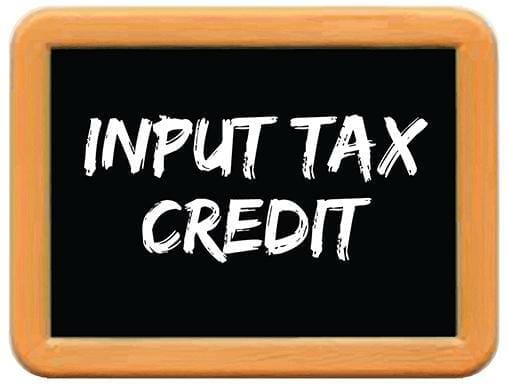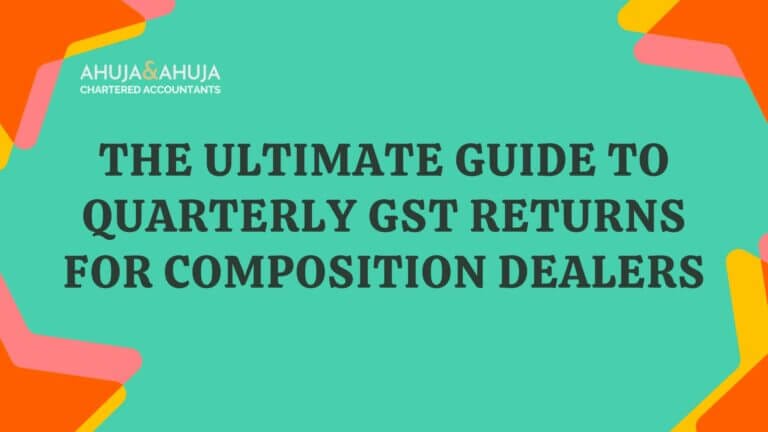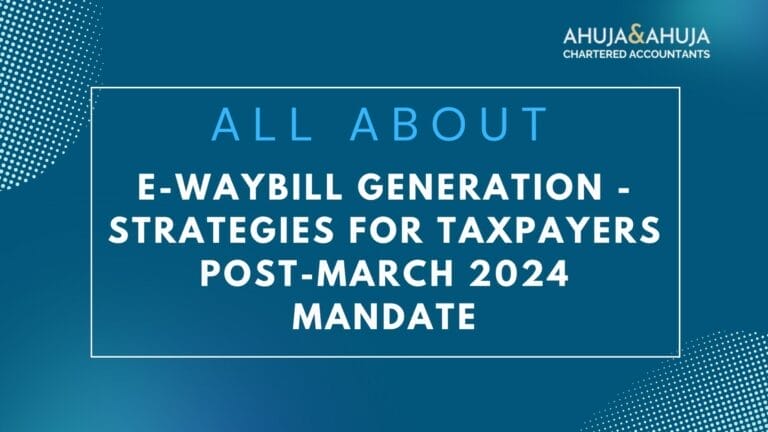GST Department’s Revolutionary E-Payment Enhancements with Card and UPI Options
In the era of digital transformations, the Goods and Services Tax (GST) Department has upped its game, extending the taxpayer experience beyond net-banking to newer, more expedient methods of e-payment. These encompass card-based transactions as well as the Unified Payments Interface (UPI), underscoring the essence of efficiency and inclusivity for both financial wizards and the Indian populace at large. Dovetailed with the vision of a digitized India, these advancements are an impetus to the progressive policies of the GST Department. Being at the fulcrum of this exponential shift, these changes settle into the GST Department’s undertakings like a missing jigsaw piece, thereby improving the overall taxpayer interface.
The Shift Towards Digital Payments
Accelerated by the waves of modernization, India’s financial infrastructure has leaped bounds, steered by the integration of technology and finance. With rising smartphone penetration and improved internet accessibility, the digital payment landscape in India has become a dynamic plot welcoming fresh chapters of expansion and sophistication. A pivotal contributor to this plot is the GST Department, which has been unceasingly promoting digitization by cushioning the payment experience for taxpayers. Now with card payments and UPI in its payment quiver, GST’s strive for augmenting the ease of doing business is a reality for many enterprises Ahuja & Ahuja being a prime example.
New E-payment Methods introduced by the GST Department
Broadening its horizons, the GST Department has unleashed a new array of e-payment methods designed to streamline the flow of transactions. Apart from the traditional net-banking, taxpayers are now empowered to wield their Credit Cards (CC) and Debit Cards (DC) issued by any Indian bank as financial swords to clear dues with ease. Recognized card networks such as Mastercard, Visa, RuPay, and for Credit Cards, even Diners, unite under this reformative umbrella.
In tandem, the innovative Unified Payments Interface (UPI) now stands tall in the gallery of e-payment galleries, championing quick, secure, and hassle-free transactions. This payment modality furnishes users with the flexibility of linking multiple bank accounts into a single mobile application. It simplifies the digital dance of payment processes and takes convenience to a new pinnacle.
Advantages of The New Payment Methods
The inclusion of card-based payments and UPI not only diversifies the payment landscape but also brings forth a host of benefits:
- Ease of Access: Taxpayers can now remit their dues anytime, from anywhere, without the constraints of banking hours or queues.
- Flexibility: The option to use different cards and UPI provides a choice, catering to personal preferences and enhancing user autonomy.
- Security: These digital payment methods are fortified with multi-layered security protocols, ensuring that every transaction is protected from nefarious cyber threats.
- Efficiency: UPI payments reflect in real-time, slashing the wait time and accelerating the process from weeks to mere minutes.
By embracing these tools of financial technology, the GST Department not only simplifies compliance but also weaves the fabric of a resilient economic environment, bolstering the trust of taxpayers.
Step-by-step Guide on How to Make Payments Using Cards and UPI
To ensure you navigate these new payment waters with finesse, here is a simplified guide:
For Card Payments:
1. Initiating Payment:
- Navigate to the GST portal and select the ‘Payment’ option.
- Enter your GSTIN details and the relevant tax period.
2. Selecting the Payment Mode:
- Choose the ‘Pay Using Credit/Debit Card’ option.
3. Entering Card Details:
- Enter your card number, expiry date, CVV, and the name on the card.
- Ensure your transaction limit is adequate for the payment.
4. Authentication:
- For Debit Cards, complete the Two-Factor Authentication by entering the OTP sent to your registered mobile number.
- For Credit Cards, follow your bank’s security protocol which may involve a password or OTP verification.
5. Transaction Confirmation:
- Upon successful authentication, receive a confirmation of the transaction with a unique reference number.
For UPI Payments:
1. Initiating Payment:
- Visit the GST portal and fill in the required payment details.
2. Selecting the Payment Mode:
- Choose ‘UPI’ as the preferred method of payment.
3. Generating UPI Request:
- Enter your UPI ID and proceed to authenticate.
4. Approving Payment From UPI App:
- You’ll receive a payment request in your UPI-linked mobile app.
- Validate the payment by entering your UPI PIN within the UPI app.
5. Transaction Confirmation:
- A successful transaction will be confirmed with a digital receipt and a transaction reference number.
Incorporating these steps into your payment process can make your encounters with GST payments as smooth as silk. Now, taxpayers can benefit from the swift and secure transactions provided by GST’s refund services, ensuring speed and ease are on your side.
Impact on Taxpayers and the Industry
The revamped e-payment facilities are set to kindle a transformation in how businesses and individuals comply with tax obligations. Here’s the broader picture:
- Taxpayer Experience: By minimizing friction in payment procedures, taxpayers are now armed with tools that yield a more pleasant compliance experience, free from the trammels of bureaucratic delays.
- Financial Ecosystem: The expansion of payment modalities signals a healthy push towards a cashless economy, fostering an ecosystem ripe for digital innovation and security.
- Government Initiatives: This leap is a testimony to the government’s commitment to its flagship Digital India campaign, reinforcing its intent to galvanize the nation’s march towards digital empowerment.
Conclusion
The GST Department’s adoption of card-based transactions and UPI reflects the changing tide in India’s financial narrative, marking a significant milestone towards embracing digitization. This evolution is not just a nod to convenience but a robust stride towards a secure, swift, and seamless fiscal domain.
It’s a call to every taxpayer to step aboard the digital express, and with the guidance provided herein, the journey promises to be less daunting. The symbiosis of technology and taxation, as evidenced by these advancements, paves the way for a future where transparency, efficiency, and innovation reign supreme.
The transformative power of these e-payment methods is immense, and it is up to us, the taxpayers, professionals, and Chartered Accountants in Gurgaon and beyond, to harness them for our collective growth and prosperity. Remember, a well-informed user not only contributes to their financial well-being but also propels the nation’s development.
Disclaimer
The materials provided herein are solely for educational and informational purposes. No attorney/professional-client relationship is created when you access or use the site or the materials. The information presented on this site does not constitute legal or professional advice and should not be relied upon for such purposes or used as a substitute for professional or legal advice.







